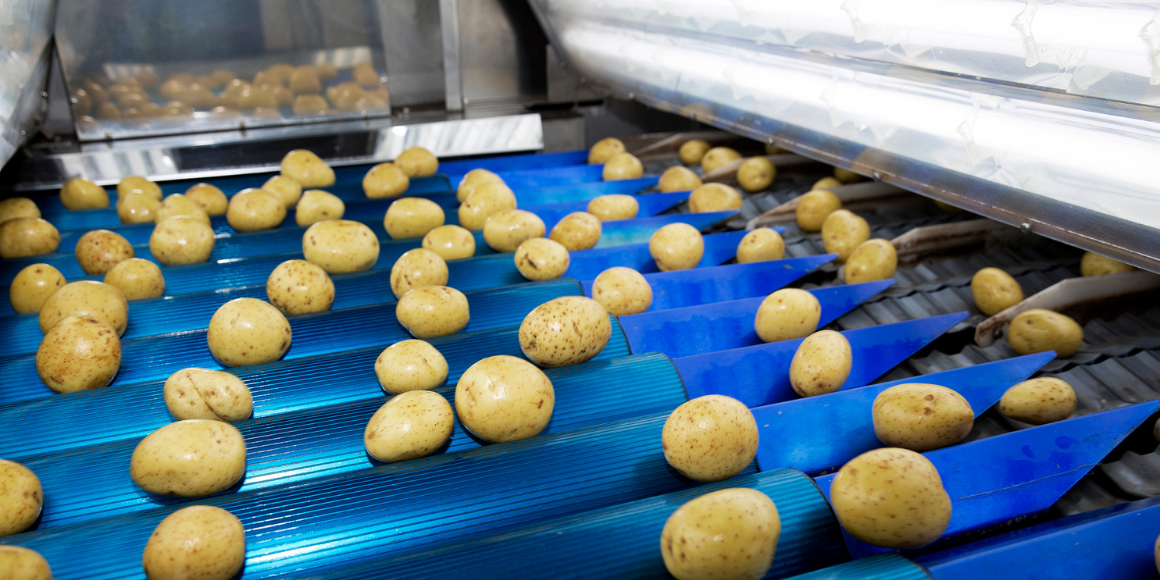Throughput is a fundamental concept crucial for everyone working in a production plant. It stands out among the numerous metrics that gauge the efficiency of a manufacturing facility. According to Matt Nichol, the author of The 12 Most Important Metrics to Measure in Manufacturing, throughput is not only simple but also one of the most vital manufacturing metrics.
Defining Throughput
Throughput measures the average number of quality units produced on a machine, line, or plant over a specific period. It can be visualized as a fraction:
Throughput = Units produced / Time
The unit of time can vary, ranging from seconds to days, depending on the manufacturing scale and the desired efficiency analysis.
Example of Throughput
For instance, if a bottling plant fills 6,000 cans per hour, its throughput can be calculated as 100 cans per minute. In another scenario, if a car manufacturer assembles a car every 21 hours in a plant, the throughput can be interpreted as 8 cars per week.
Significance of Throughput
Throughput is crucial because it provides insights into production efficiency, indicating how well and how quickly a manufacturing plant is performing. Manufacturers boasting high throughput rates can outpace competitors with lower rates, as their products reach customers more swiftly. Throughput can be the deciding factor in:
- Meeting or missing production goals
- Having a competitive advantage or falling behind
- Retaining or losing customers to more efficient competitors
Additional Considerations for Production Managers
Factors Affecting Throughput:
- Discuss external and internal factors impacting throughput, such as machine breakdowns, maintenance, and employee efficiency.
- Emphasize the identification and mitigation of bottlenecks in the production process that could limit throughput.
Quality Considerations:
- Consider not just the quantity but also the quality of units produced. High throughput may be less meaningful if it leads to increased defects or rework.
Continuous Improvement:
- Stress the importance of a continuous improvement mindset. Throughput evaluation should be an ongoing process with regular reviews and adjustments to enhance efficiency.
Employee Training and Involvement:
- Recognize the role of employees in influencing throughput. Proper training and involvement can contribute to smoother operations and increased throughput.
Supply Chain Coordination:
- Acknowledge the impact of supply chain coordination on throughput. Delays in the supply chain can disrupt production schedules, affecting throughput rates.
Flexible Production Planning:
- Discuss the benefits of flexible production planning to adapt to changes in demand, product variations, or unexpected disruptions.
Throughput and Capacity
Throughput is closely linked to capacity, representing the maximum production a production line or machine can achieve. Analyzing throughput allows assumptions to be made about capacity. Imagine a machine's capacity as its production rate when it operates continuously without any breaks.
Enhancing Throughput
Throughput, measured in units per time, becomes highly valuable when associated with a third variable. For example, you can measure the throughput of a production line, a factory, or a specific number of workers. Throughput serves as a fundamental statistic compared to various controllable, measurable, and testable variables. This comparison forms the basis for making scientific efficiency improvements.
To enhance throughput in your factory, consider real-time production and OEE monitoring and witness how it can improve core productivity KPIs.







